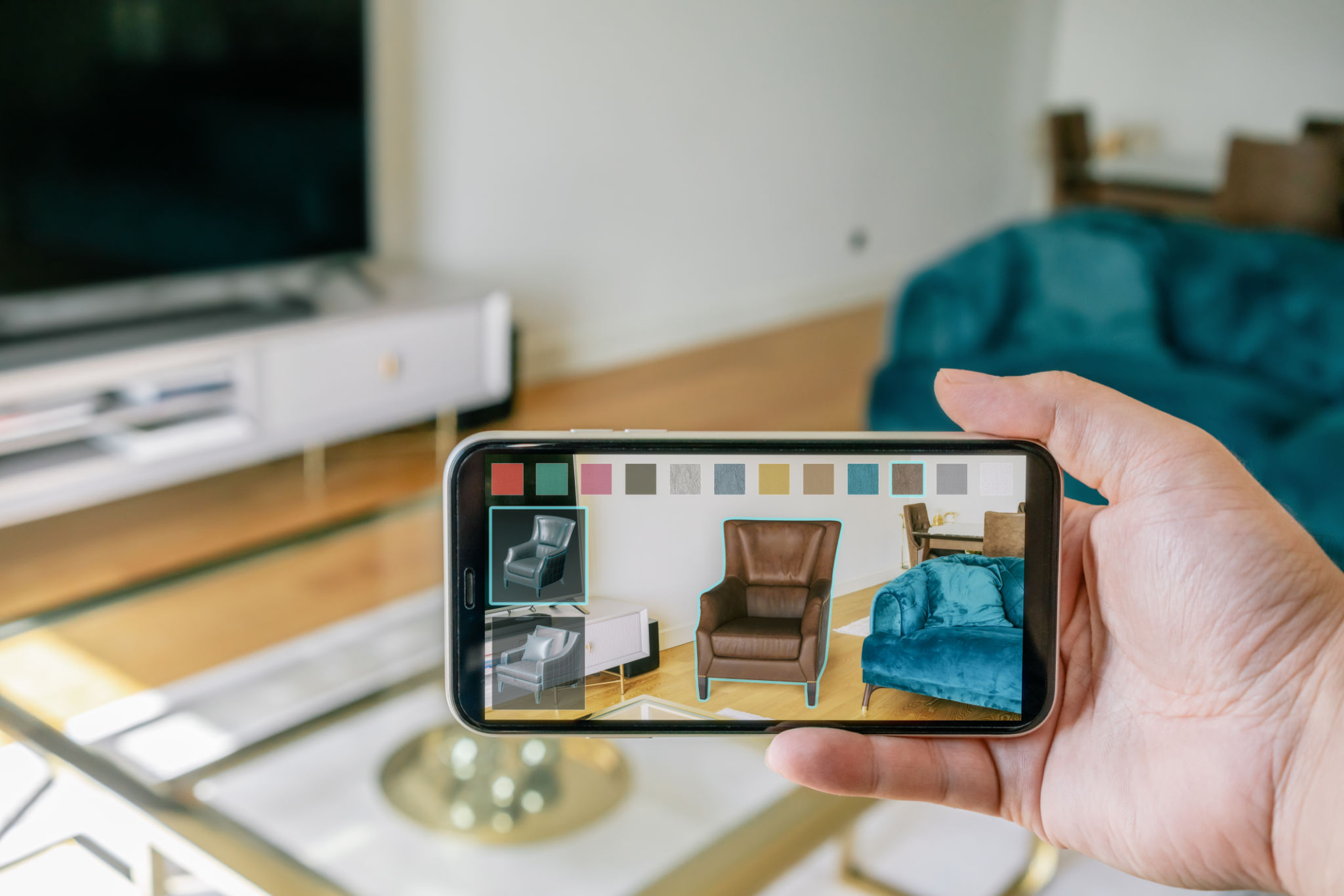How BIM is Revolutionizing Interior Design: Insights for Beginners
Introduction to BIM in Interior Design
Building Information Modeling, commonly known as BIM, is transforming the interior design industry. Originally used in architecture and engineering, BIM is now providing interior designers with powerful tools to revolutionize their workflow. For beginners in the field, understanding how BIM can be leveraged is essential for staying competitive and efficient.

What is BIM?
BIM is a digital representation of a building's physical and functional characteristics. It enables designers to create detailed 3D models that incorporate data about materials, dimensions, and other specifications. This holistic approach allows for enhanced visualization and more informed decision-making throughout the design process.
Key Features of BIM
BIM offers several features that are particularly beneficial for interior designers:
- 3D Visualization: Create lifelike models that help clients visualize the end result.
- Accuracy: Measurements and details are precise, reducing the room for error.
- Data Integration: Integrate various aspects such as furniture, lighting, and finishes into a single model.
Benefits of Using BIM in Interior Design
The advantages of using BIM in interior design are numerous. By adopting BIM, designers can streamline their processes, saving both time and resources. One major benefit is the ability to detect potential issues early in the design phase, which can prevent costly changes later on.

Enhanced Collaboration
BIM fosters better collaboration among team members. Since all stakeholders can access and contribute to the same model, communication is improved. This shared platform ensures everyone from architects to contractors is on the same page, leading to more cohesive project outcomes.
Sustainability and Efficiency
Sustainability is becoming increasingly important in design. BIM supports sustainable practices by allowing designers to analyze materials and energy efficiency early in the project. This insight can lead to more environmentally-friendly designs that meet modern standards.
Getting Started with BIM
For beginners eager to explore BIM in interior design, starting small is often the best approach. Consider taking courses or workshops to gain foundational skills. Additionally, many software providers offer trial versions or tutorials that can be invaluable for hands-on learning.

Choosing the Right Software
Selecting the appropriate BIM software is crucial. Popular options include Autodesk Revit, SketchUp, and ArchiCAD. Each of these tools offers unique features and benefits, so it's important to evaluate them based on your specific needs and project types.
Conclusion
BIM is undeniably changing the landscape of interior design. By embracing these technologies, designers can enhance their creativity, improve collaboration, and deliver projects that meet client expectations more effectively. For those just starting out, understanding and implementing BIM can be a game-changer in building a successful career in interior design.
© 2025 GVS BIM LEARNING – All Rights Reserved.